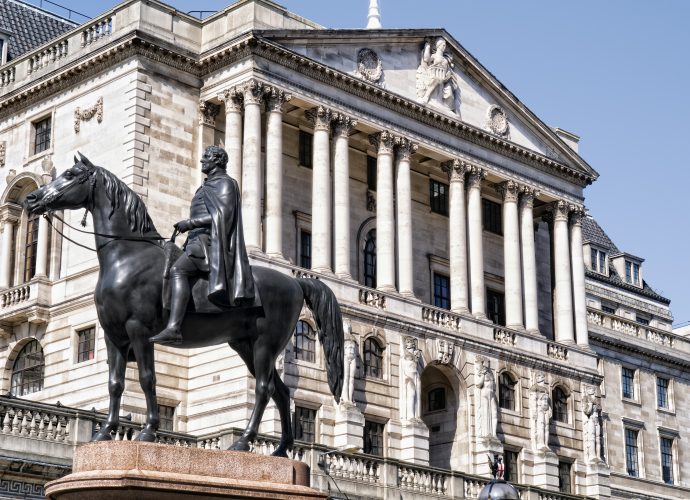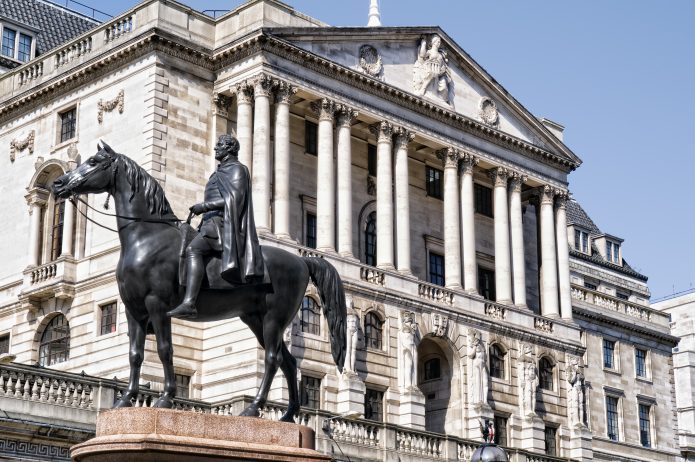The new taskforce will examine the possibility of creation of BoE-issued digital money that would exist alongside cash and bank deposits.
The Bank of England and HM Treasury have today announced the joint creation of a Central Bank Digital Currency (CBDC) Taskforce to coordinate the exploration of a potential UK CBDC.
A CBDC would be a new form of digital money issued by the Bank of England and for use by households and businesses. It would exist alongside cash and bank deposits, rather than replacing them.
The Government and the Bank of England have not yet made a decision on whether to introduce a CBDC in the UK, and will engage widely with stakeholders on the benefits, risks and practicalities of doing so.
The Taskforce aims to ensure a strategic approach is adopted between the UK authorities as they explore CBDC, in line with their statutory objectives, and to promote close coordination between them. The Taskforce will:
- Coordinate exploration of the objectives, use cases, opportunities and risks of a potential UK CBDC.
- Guide evaluation of the design features a CBDC must display to achieve our goals.
- Support a rigorous, coherent and comprehensive assessment of the overall case for a UK CBDC.
- Monitor international CBDC developments to ensure the UK remains at the forefront of global innovation.
The Taskforce will be co-chaired by Deputy Governor for Financial Stability at the Bank of England, Jon Cunliffe, and HM Treasury’s Director General of Financial Services, Katharine Braddick. As appropriate other UK authorities will be involved in the Taskforce.
The Bank of England has also today announced the creation of the following:
- A CBDC Engagement Forum to engage senior stakeholders and gather strategic input on all non-technology aspects of CBDC. The Forum will have an important role in helping the Bank and HM Treasury understand the practical challenges of designing, implementing and operating a CBDC. It will consider issues such as – but not limited to – ‘use cases’ for CBDC, functional needs of CBDC users, roles of public and private sectors in a CBDC system, financial & digital inclusion considerations, and data & privacy implications. Members will be drawn from financial institutions, civil society groups, merchants, business users and consumers.
- A CBDC Technology Forum to engage stakeholders and gather input on all technology aspects of CBDC from a diverse cross-section of expertise and perspectives. The Forum will have an important role in helping the Bank to understand the technological challenges of designing, implementing and operating a CBDC. Members will be invited by the Bank and drawn from a range of financial institutions, academia, fintechs, infrastructure providers and technology firms.
The Bank of England has also announced it will establish a CBDC Unit. This new division of the Bank of England will lead its internal exploration around CBDC. It will also lead the Bank’s external engagement on CBDC, including with other UK and international authorities. The Deputy Governor for Financial Stability, Jon Cunliffe, will oversee the work of the CBDC Unit.
This article first appeared in Blockchain247.
Image: Bank Of England by fazon / Adobe Stock











Thanks!
Our editors are notified.